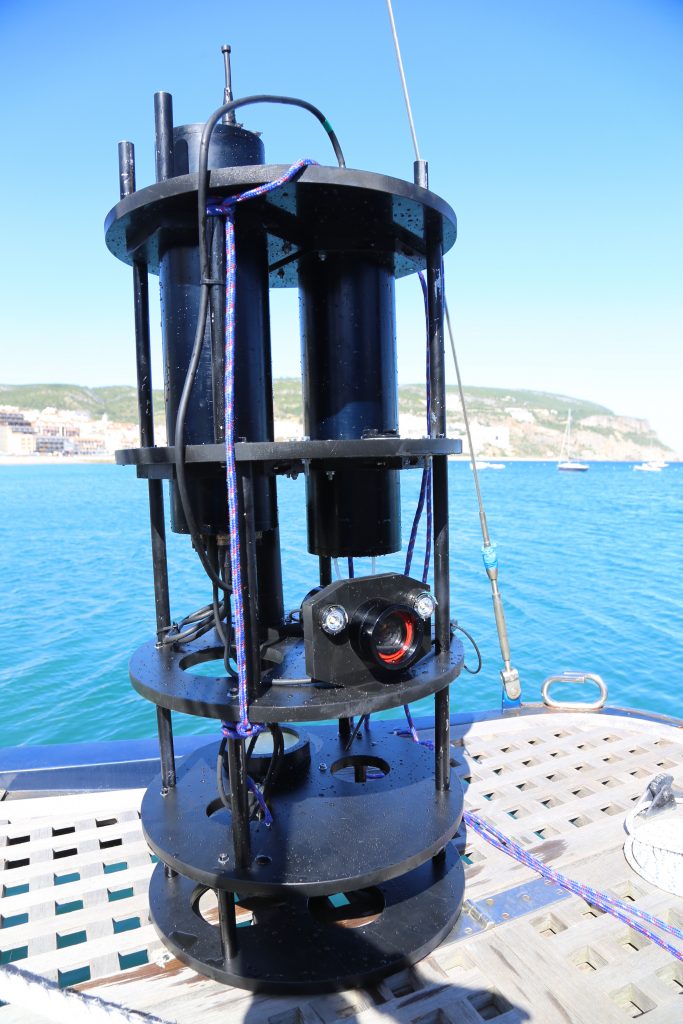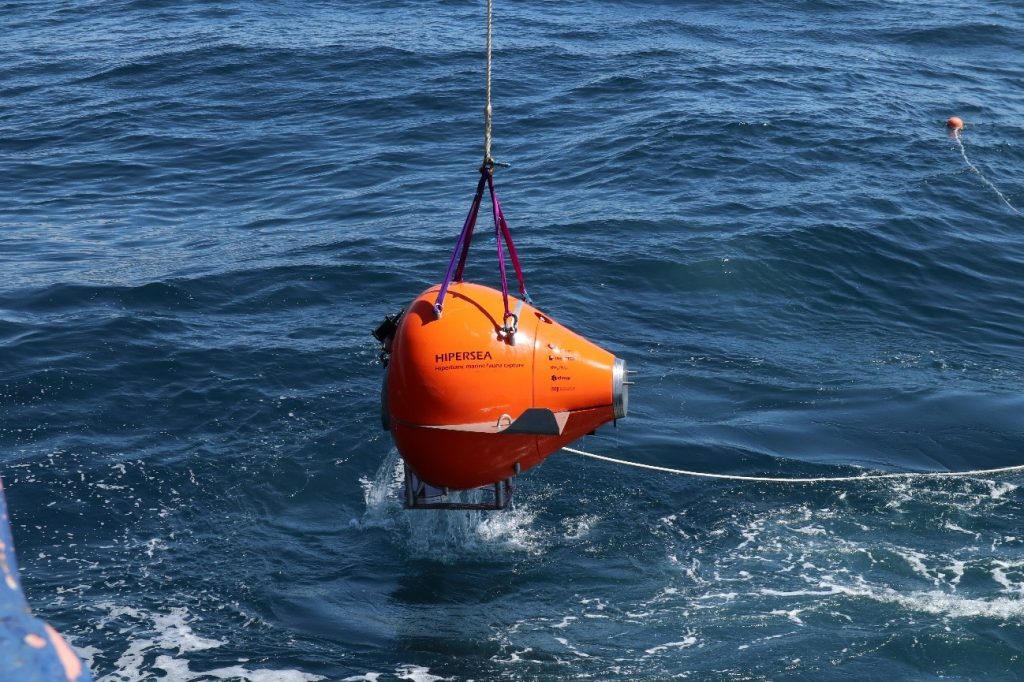By Diana Viegas, senior researcher at the Centre for Robotics and Autonomous Systems (CRAS)
In the month we celebrate the World Ocean Day, it’s important to reflect on the importance of our oceans, and on how we must manage the oceans’ resources in a sustainable way, to ensure a promising and resilient future for generations to come.
The oceans, covering more than 70% of the planet’s surface, are crucial to life on Earth and a precious resource that supports the health of our planet and biodiversity, regulating the climate and providing vital services to humanity. However, the oceans face several challenges, e.g., overfishing, pollution, climate change and the degradation of coastal habitats.
Robotic solutions play a crucial role in assessing and preserving marine ecosystems, allowing access to remote and hostile areas that would rather be risky or dangerous for humans. INESC TEC Centre for Robotics and Autonomous Systems (CRAS) has been developing several types of robotic systems capable of operating in various scenarios, with a direct impact on marine ecosystem services.
We have promoted several projects that have a direct impact on the evaluation of these ecosystem services – and, consequently, on the monitoring of the oceans and their ecosystems.
Biodiversity studies are vital to the current assessment of ecosystem resources. Underwater robots can be used to collect biological samples like marine organisms, sediments, and water. These samples allow the analysis of marine biodiversity, the identification of endangered species and the understanding of ecological patterns. The MarinEye project has contributed to this line of work and its biological sampling component has gathered a lot of interest among the scientific community. In this sense, INESC TEC CRAS promoted significant actions to optimise the bio-sampler and DNA collection system.

INESC TEC also developed a system for collection and life-support of species up to 1000 meters deep. This solution allows to bring the species to the surface without damage caused by pressure differences and keep them alive for further studies. The components developed include a hyperbaric mobile infrastructure that allows the collection of living deep-sea organisms under conditions of high pressure, low temperature (or extremely high in the case of proximity to active volcanoes or hydrothermal sources) and reduced light, and an infrastructure that transfers them to another hyperbaric chamber, which will mimic the surface of the seabed environment in the physical parameters relevant to the maintenance of the life of the species and acting as an aquarium. This system includes components that control the chemical parameters that sustain organisms within the hyperbaric system, e.g., pressure, temperature, light, food, corrosion, and salinity. The HIPERSEA project[1] enabled the creation of a collection and life-support system for certain species, allowing its preservation in captivity with adequate physiological conditions – which will increase the knowledge of the life cycle and biology of deep-sea animals.

Another major project that has only recently started but will have a major impact on the scientific community and society, is the TRIDENT project. This initiative proposes the development of deep-sea technology to assess the environmental impact of deep-sea operations. We know that the ocean hosts unexplored resources, whether they are biological or not. However, we are also aware that such exploitation could have an impact on ecosystems; hence, this environmental impact assessment system is crucial to evaluate whether exploitation of marine resources is feasible. The project will develop: an innovative dynamic infrastructure for positioning, navigating, communicating and awareness (in real time) of mining and monitoring systems; a novel and high-tech mobile laboratory that can be easily transported and operate in real environment; and a holistic governance structure for the sustainable exploitation of Europe’s ocean resources.
Oceans are the essence of our planet, influencing everything: from climate to biodiversity, food security and economic prosperity. The urgent need for sustainable use of ocean resources cannot be overstated. By adopting sustainable practices, preserving marine ecosystems, and promoting international cooperation, we can protect and preserve this invaluable resource. Together, we will fight for a future in which the oceans thrive, ensuring a resilient planet and a prosperous future for all.
[1] Viegas, Diana, et al. “Collection and Life Support In A Hyperbaric System For Deep-Sea Organisms.” OCEANS 2021: San Diego–Porto. IEEE, 2021.




 News, current topics, curiosities and so much more about INESC TEC and its community!
News, current topics, curiosities and so much more about INESC TEC and its community!